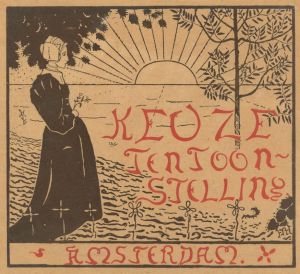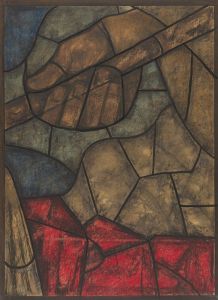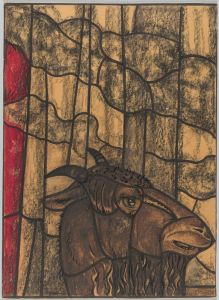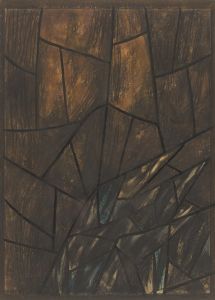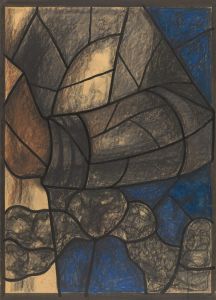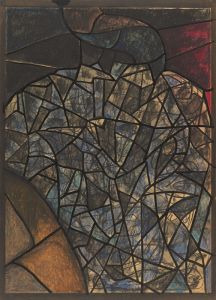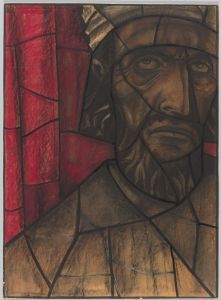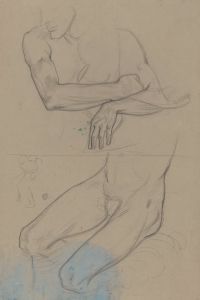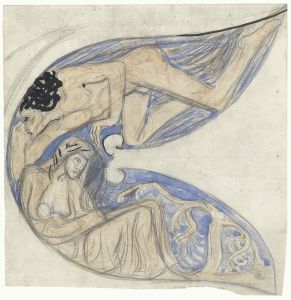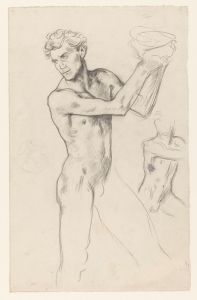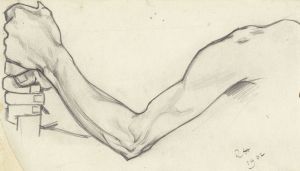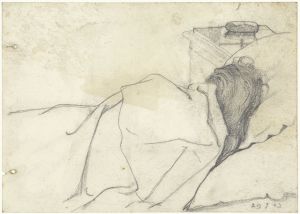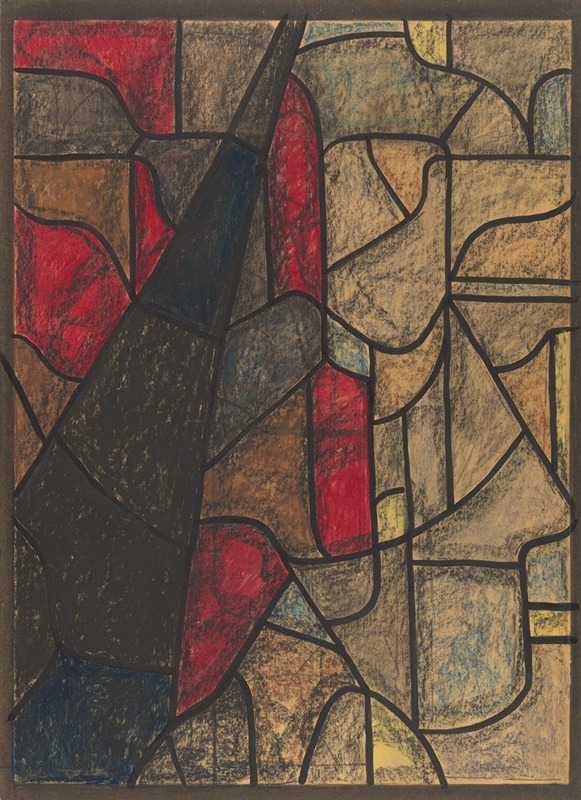
Ontwerp voor raam in het Noordertransept in de Dom te Utrecht 38
A hand-painted replica of Richard Nicolaüs Roland Holst’s masterpiece Ontwerp voor raam in het Noordertransept in de Dom te Utrecht 38, meticulously crafted by professional artists to capture the true essence of the original. Each piece is created with museum-quality canvas and rare mineral pigments, carefully painted by experienced artists with delicate brushstrokes and rich, layered colors to perfectly recreate the texture of the original artwork. Unlike machine-printed reproductions, this hand-painted version brings the painting to life, infused with the artist’s emotions and skill in every stroke. Whether for personal collection or home decoration, it instantly elevates the artistic atmosphere of any space.
Richard Nicolaüs Roland Holst was a prominent Dutch artist known for his contributions to the fields of painting, design, and illustration during the late 19th and early 20th centuries. One of his notable works includes the design for a stained glass window titled "Ontwerp voor raam in het Noordertransept in de Dom te Utrecht 38," which translates to "Design for Window in the North Transept in the Dom Church in Utrecht 38."
Roland Holst was born on December 4, 1868, in Amsterdam, Netherlands, into a family with artistic inclinations. He studied at the Rijksakademie van Beeldende Kunsten in Amsterdam, where he honed his skills in various artistic disciplines. Over the years, he became associated with the Dutch Art Nouveau movement, which was characterized by its decorative style and emphasis on craftsmanship.
The Dom Church, or St. Martin's Cathedral, in Utrecht is one of the most significant Gothic structures in the Netherlands. It has a rich history dating back to the Middle Ages and has undergone numerous renovations and restorations over the centuries. The church is renowned for its architecture and the beautiful stained glass windows that adorn its walls, each telling a unique story or depicting religious themes.
Roland Holst's design for the stained glass window in the north transept of the Dom Church is a testament to his skill and artistic vision. While specific details about the subject matter of this particular window are not extensively documented, Roland Holst's work often incorporated symbolic and allegorical elements, reflecting his interest in literature, mythology, and spirituality. His designs typically featured intricate patterns and vibrant colors, which were well-suited to the medium of stained glass.
Throughout his career, Roland Holst was influenced by various artistic movements and figures, including the Arts and Crafts movement and the work of William Morris. He was also associated with the Dutch literary and artistic group known as the "Tachtigers," who sought to bring about a cultural renewal in the Netherlands through their innovative approaches to art and literature.
In addition to his work in stained glass, Roland Holst was a prolific painter and illustrator. He contributed illustrations to various publications and created murals and other decorative works for public and private spaces. His artistic legacy is marked by a commitment to craftsmanship and a deep appreciation for the interplay between art and architecture.
Roland Holst's contributions to the arts were recognized during his lifetime, and he held several prominent positions, including a professorship at the Rijksakademie in Amsterdam. He was also involved in various cultural organizations and played a role in promoting the arts in the Netherlands.
The stained glass window design for the Dom Church in Utrecht is just one example of Roland Holst's enduring impact on Dutch art and architecture. His work continues to be celebrated for its beauty, complexity, and the way it captures the spirit of the era in which he lived. While specific details about this particular window may be limited, Roland Holst's broader body of work remains an important part of the Netherlands' artistic heritage.





